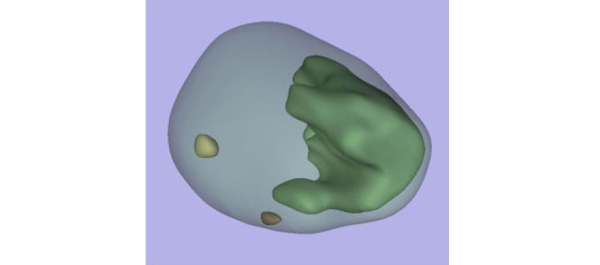
Article of the week: Detecting prostate cancer: the “core” of the matter
Every week the Editor-in-Chief selects the Article of the Week from the current issue of BJUI. The abstract is reproduced below and you can click on the button to read the full article, which is freely available to all readers for at least 30 days from the time of this post.
In addition to the article itself, there is an accompanying editorial written by prominent members of the urological community. This blog is intended to provoke comment and discussion and we invite you to use the comment…
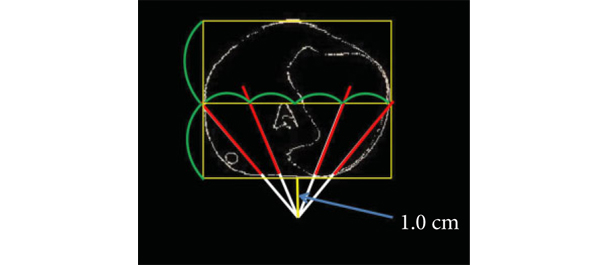
Editorial: How many cores are needed to detect nearly all prostate cancers?
Virtual prostate biopsy and biopsy simulation: lessons to be learned
Prostate biopsies, transrectal or transperineal, still constitute the pillars of prostate cancer detection today [1]. With the lack of reliable imaging tools (new MRI techniques are promising but still investigational [2]); random biopsies offer the sole adequate cancer detection option [3]. However, random biopsies are far from efficient in detecting all tumours and even less efficient in detecting all significant cancer…
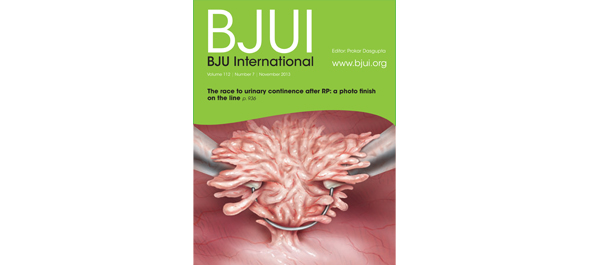
Article of the month: The race to urinary continence after RP
Every week the Editor-in-Chief selects the Article of the Week from the current issue of BJUI. The abstract is reproduced below and you can click on the button to read the full article, which is freely available to all readers for at least 30 days from the time of this post.
In addition to the article itself, there is an accompanying editorial written by prominent members of the urological community. This blog is intended to provoke comment and discussion and we invite you to use the comment…

Editorial: Regaining continence after radical prostatectomy: RARP vs. ORP
Functional outcomes represent relevant criteria to evaluate the success of radical prostatectomy (RP) in the treatment of localised and locally advanced prostate cancer. Indeed, while the primary goal of RP remains the complete extirpation of the primary tumour, patients' satisfaction can be negatively affected by urinary incontinence and/or erectile dysfunction after RP.
In this issue of BJUI, Geraerts et al. [1] evaluated urinary continence recovery and voiding symptoms in a well-conducted,…
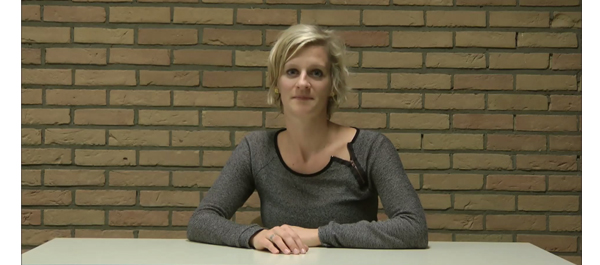
Video: Functional outcomes after ORP and RARP
Prospective evaluation of urinary incontinence, voiding symptoms and quality of life after open and robot-assisted radical prostatectomy
Inge Geraerts*, Hendrik Van Poppel†, Nele Devoogdt*‡, Ben Van Cleynenbreugel†, Steven Joniau† and Marijke Van Kampen*‡
Departments of *Rehabilitation Science, †Urology and ‡Physical Medicine and Rehabilitation, UZ Leuven, Leuven, Belgium
OBJECTIVE
• To compare functional outcomes, i.e. urinary incontinence (UI), voiding symptoms and…

Article of the week: Robotic surgery training methods: take your pick
Every week the Editor-in-Chief selects the Article of the Week from the current issue of BJUI. The abstract is reproduced below and you can click on the button to read the full article, which is freely available to all readers for at least 30 days from the time of this post.
In addition to the article itself, there is an accompanying editorial written by a prominent member of the urological community. This blog is intended to provoke comment and discussion and we invite you to use the comment…

Editorial: Three robotic surgery training methods: is there a clear winner?
All training adds value. A craft-based specialty such as surgery has always recognised this. The advent of advanced minimally invasive surgical technology and techniques has provided both new challenges and new opportunities for surgical performance and for the delivery of training. Conceptually, we have moved from the Halstedian model of ‘See one, do one, teach one’ [1] to an environment where skills are acquired away from the operating room in simulator, inanimate and in vivo (animal) laboratory…
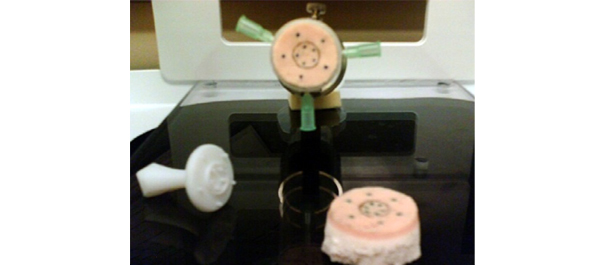
Video: Take three: assessing robotic surgery training methods
Comparative assessment of three standardized robotic surgery training methods
Andrew J. Hung, Isuru S. Jayaratna, Kara Teruya, Mihir M. Desai, Inderbir S. Gill and Alvin C. Goh*
USC Institute of Urology, Hillard and Roclyn Herzog Center for Robotic Surgery, Keck School of Medicine, University of Southern California, Los Angeles, CA, and *Department of Urology, Methodist Institute for Technology, Innovation and Education, The Methodist Hospital, Houston, TX, USA
OBJECTIVES
• To evaluate…
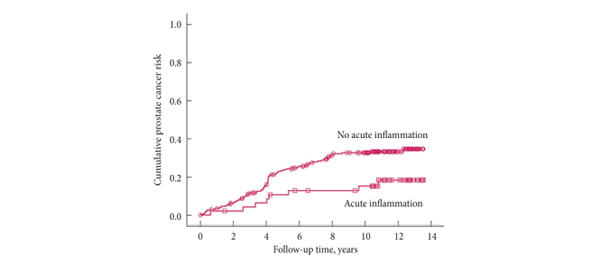
Article of the week: Rethinking inflammation in PCa
Every week the Editor-in-Chief selects the Article of the Week from the current issue of BJUI. The abstract is reproduced below and you can click on the button to read the full article, which is freely available to all readers for at least 30 days from the time of this post.
In addition to the article itself, there is an accompanying editorial written by a prominent member of the urological community. This blog is intended to provoke comment and discussion and we invite you to use the comment…
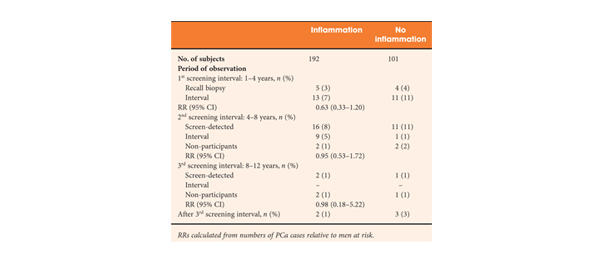
Editorial: Does inflammation reduce the risk of prostate cancer?
1 Comment
/
Chronic inflammation is thought to play an aetiological role in tumorigenesis in several cancers including bladder, oesophagus and liver [1]. Molecular studies show that it plays a critical role in several stages of the carcinogenic process including tumour initiation, promotion, metastases and response to therapy. However the role in prostate cancer is less clear and to date, clinical studies are inconclusive.
The article in this issue of BJUI by Yli-Hemminki et al. [2] appears to show…
